How AI Supports Data-Backed Content Clusters

AI supports the creation of content clusters by analyzing large sets of data. It identifies patterns that help you organize your website effectively. With AI supports, you can detect missing content and uncover long-tail keywords. It also ensures your site aligns with user intent. Many businesses report that AI supports faster content production and improves how well their content meets search demands. In fact, 84% of marketers say AI supports them in matching web content to what users want.
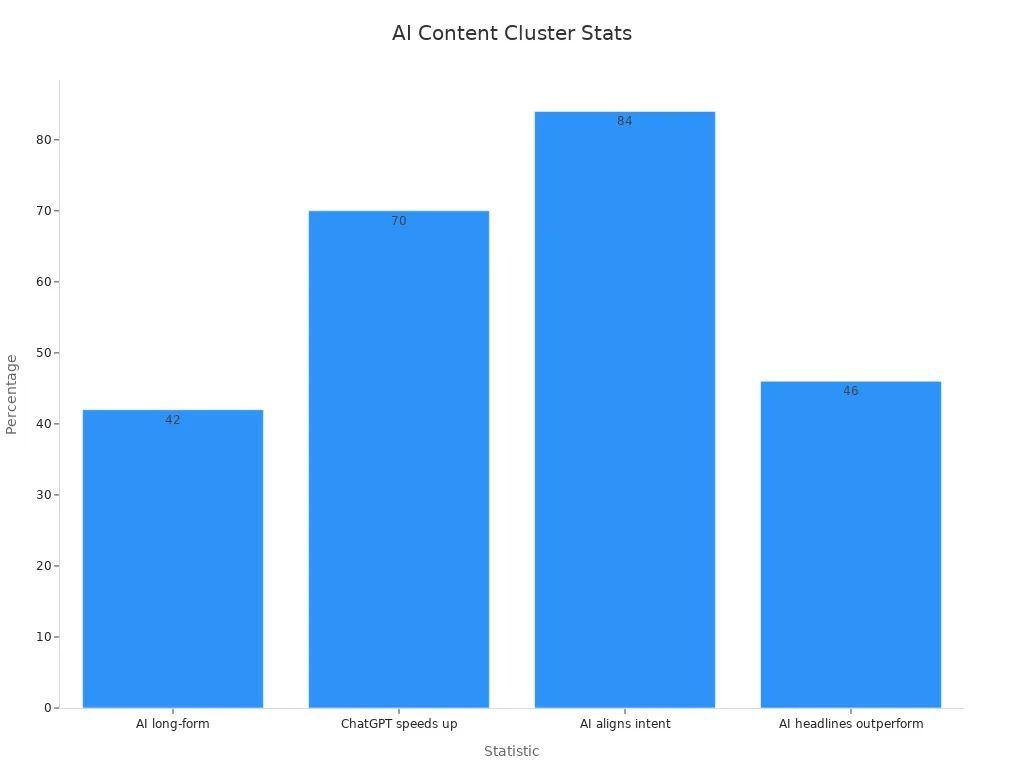
Key Takeaways
AI sorts website content by spotting patterns and putting similar topics together fast and well. - AI tools help you save time, make fewer mistakes, and help your content match what people look for. - Making content clusters with AI helps SEO, brings more people to your site, and makes them stay longer. - Check important numbers like how many people visit and how fast they leave to make your content clusters better. - Many brands finish projects faster, sell more, and make users happier by using AI for content planning.
AI Supports Content Clustering
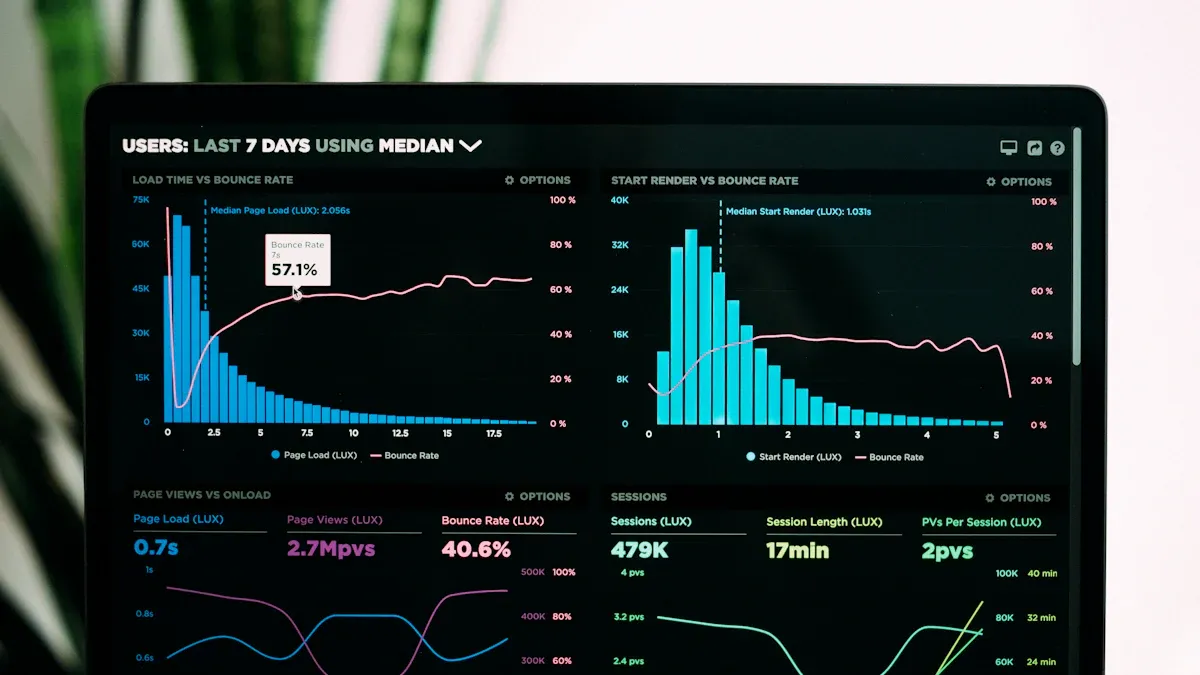
NLP and Machine Learning
You can use natural language processing (NLP) and machine learning to help organize your content. NLP helps you figure out what words and phrases mean. Machine learning lets you train models to sort and group content by finding patterns in your data. For example, researchers used NLP and machine learning on big food label databases. Their models got accuracy scores as high as 0.98 when guessing food categories. These results show that AI Supports very accurate content sorting, even with lots of data.
When you use these tools, you save time and make fewer mistakes. You do not need to check every article or page by hand. Instead, AI Supports your work by doing the sorting for you. This means you can update content faster and group things more correctly. You can also use these tools to guess which topics will do best, so you can plan your content better.
Tip: Try using pretrained language models and supervised learning algorithms to make your content sorting more accurate.
Pattern and Relationship Detection
AI Supports your ability to find hidden patterns and connections in your content. You can use different math methods to look at big sets of data. These include cohort analysis, cluster analysis, and regression analysis. Each method helps you see how different pieces of content are connected.
Quantitative Method | Description |
|---|---|
Cohort Analysis | Groups content with similar traits over time for deeper insights. |
Cluster Analysis | Finds clusters of content that share common features. |
Regression Analysis | Shows how one type of content affects another, helping you spot trends. |
Time Series Analysis | Tracks changes in content performance over time. |
Factor Analysis | Reduces many variables into a few key factors for easier management. |
You can also use data mining and supervised learning to find new connections. For example, in retail analytics, a hybrid AI-enabled clustering approach raised conversion rates by 20%. In financial services, real-time clustering made fraud detection 35% faster. These results show that AI Supports not just content sorting but also helps businesses do better.
When you find these patterns, you make your site’s structure better. You help users find related information more easily. This leads to more people using your site and being happier with it.
Semantic and Keyword Clustering
Semantic and keyword clustering helps you group content by meaning and topic. AI Supports this by looking at the context of words, not just if they are there. This lets you make clusters that match how people search and think.
Studies show that semantic clustering makes search work better. For example, researchers found that higher semantic clustering ratios led to better recall and search results. Brain studies also show that certain areas light up during semantic processing, which supports this idea.
You can check how well your clustering works by using key performance indicators (KPIs):
Metric Category | Specific Metrics and Descriptions |
|---|---|
Performance Metrics | Search visibility within topic clusters, content engagement, conversion path analysis, ROI for AI-driven strategies |
Competitive Benchmarking | Topic authority, share of voice, content gap analysis, predictive modeling |
Continuous Optimization (ML) | Automated recommendations, dynamic topic prioritization, personalized keyword strategies, predictive content scoring |
When you use AI Supports for semantic and keyword clustering, you help your SEO. Your content shows up more in search results. Users find what they want faster, which makes them happier and more loyal. You also get ahead of others by finding gaps and chances in your content plan.
Implementation Steps
Data Collection
Begin by collecting good data. Use surveys, random samples, and online tools to learn about your audience and content. Online forms with simple questions help you get numbers quickly. Machine learning and analytics platforms can gather and handle lots of data right away. These ways lower mistakes made by people and give you the numbers needed for strong AI analysis.
Tip: Keep checking your data and try small surveys to make your data collection better and more correct.
Tool Selection
Pick the best AI tools for your needs. Find platforms that do topic clustering, keyword checks, and track how well things work. Tools like Junia.ai and Surfer SEO help you look at topics, suggest clusters, and make your content better for search engines. When you look at tools, check how well they pick topics, find mistakes, and finish tasks. Test often and watch results in real time to make sure your tools give you clear results.
Cluster Creation
Follow easy steps to make your content clusters:
Use an AI content planning tool to find subtopics and put them into clusters.
Plan your setup with one main pillar page and many cluster pages, all linked together.
Make AI-assisted content briefs with outlines, headings, and meta descriptions for each page.
This way helps you cover all key subtopics and keeps your content neat. AI Supports your work by making things faster and more correct.
Ongoing Optimization
Watch your clusters using key performance indicators (KPIs) like organic traffic, bounce rate, pages per session, and keyword rankings. Use analytics tools like Google Analytics and Nightwatch to check these numbers. Change your plan based on trends and what others are doing. Set clear goals, track your progress, and use data to make your clusters better. Companies that use AI to improve often get more visitors, better engagement, and spend less money.
Metric | What It Shows |
|---|---|
Organic Traffic | How many people visit your content |
Bounce Rate | If users stay or leave fast |
Pages per Session | How much users look around your site |
Keyword Rankings | Your spot in search results |
Case Studies
Brand Success Stories
You can see how AI changes content marketing by looking at real brands. Many companies say they get more sales, better engagement, and finish projects faster with AI-driven content clusters. The table below shows some of the biggest improvements:
Performance Metric | Improvement with AI Methods | Source / Study Reference |
|---|---|---|
Overall conversion rate increase | 41% higher conversion rate in AI-optimized campaigns | HubSpot Research, 2023 |
Engagement metrics | 31% higher engagement on AI-generated content | Northwestern University, 2023 |
Content ROI | 68% higher ROI with AI content performance prediction | Forrester, 2023 |
SEO first-page ranking speed | 43% faster ranking | SEMrush, 2023 |
Qualified prospects reached | 3.7x more with AI-powered content distribution | Content Marketing Institute, 2023 |
Project completion speed | 37% faster with AI content workflows | Workfront State of Work, 2023 |
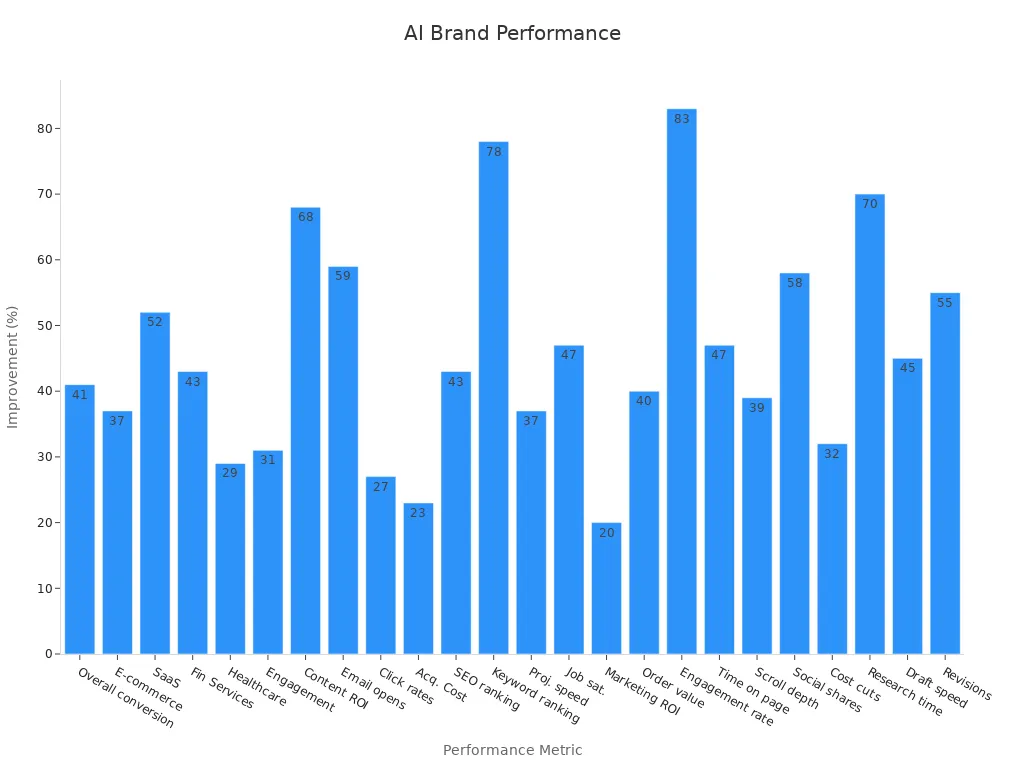
You can also look at certain brands. The New York Times used AI to make headlines better. They saw click-through rates go up by 130%. Adobe used AI for emails and got 43% more people to open them. Their click-through rates went up by 500%. Spotify made playlists with AI, and over 80% of users were happy. These results show that AI helps brands reach more people and keep them interested.
Lessons Learned
You can learn some key lessons from these stories:
AI-driven content clusters help you reach people faster and better.
Personalization and optimization make people more interested and happy.
Automation saves money and time on boring jobs.
Predictive analytics help you plan content that fits trends and what people want.
AI-powered tools help you change your plan quickly.
Most businesses using AI for content marketing get better results and more value. Studies show 82% of winning campaigns use AI for personalization, optimization, and automation. You can use these ideas to make your own content plan better and stay ahead in the fast-changing digital world.
Future Trends
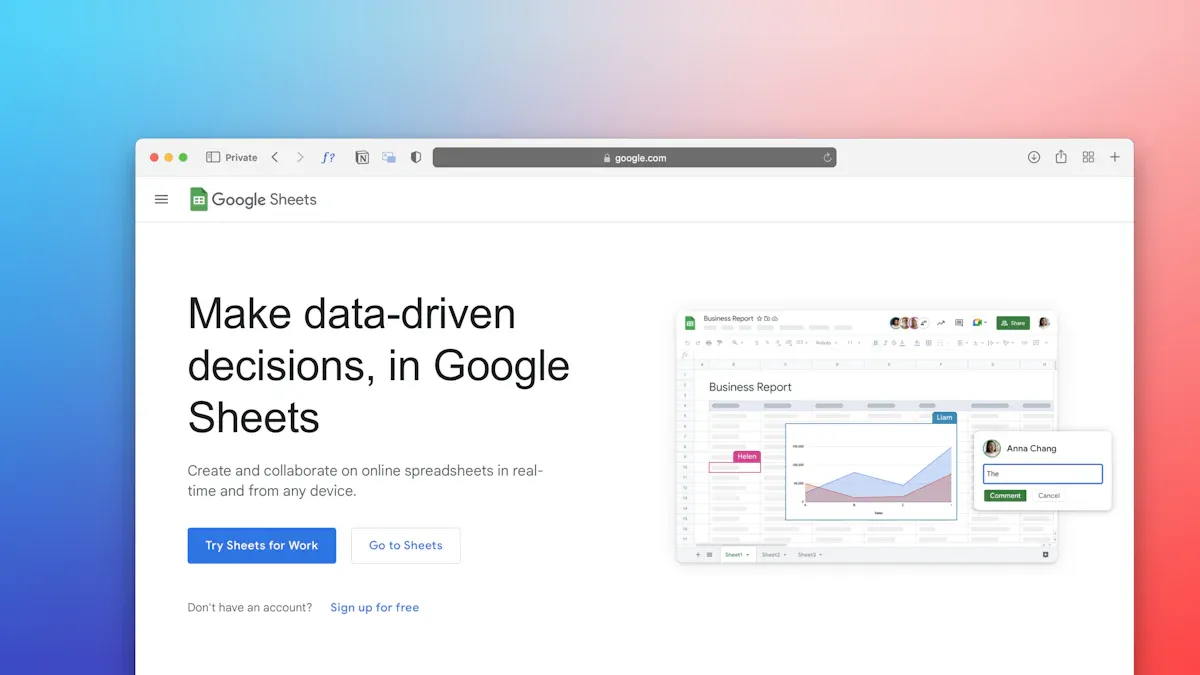
Dynamic Optimization
Dynamic optimization will soon be a big part of content strategy. Many jobs already use dynamic programming and math models to help make choices. For example, business analytics uses these models for planning money and keeping track of products. Supply chain teams use simulations and linear programming to save money and work better. Marketing teams use predictive modeling to find the right customers and make ads work better. Operations managers use decision analysis to plan when things get made and where to put resources. Human resource teams use workforce analytics to guess when people might leave and to hire better.
Dynamic optimization is used in many areas:
Farmers use models to get the most crops from water.
Dynamic pricing helps set the best prices at different times.
Factories use multi-criteria optimization to plan work schedules.
These methods let you change your content clusters right away. You can use data-driven rules and algorithms to make your site work better. As AI Supports these systems, you can react to trends and what users want much faster.
AI and Search Evolution
AI will keep changing how you do search optimization. In the next few years, you will see some big changes:
Search algorithms will give results that fit each user’s needs.
Predictive analytics will help you see SEO trends and search patterns as they happen.
Automated keyword research will use AI to find new ideas by looking at context and competitors.
AI will test out algorithm updates, so you can change your plan before they go live.
SEO tools will make real-time changes and help create content with AI.
Ethical rules will make sure search optimization is fair and follows the rules.
Recent studies show AI systems are now better than people at understanding language and pictures. More training and money for AI has made these systems much better, very quickly. Reviews of AI research show how the meaning and value of AI in business has changed. As AI Supports your content strategy, you will stay ahead in the fast-moving world of search.
When you use AI Supports for data-backed content clusters, you get a big advantage. Pages that use AI get up to 30% more organic traffic. They also have higher satisfaction scores. The table below shows some important improvements:
Metric/Domain | Improvement with AI |
|---|---|
Time spent on platforms | +20% |
Click-through rates | +15% |
User interaction | +30% |
Satisfaction scores | +25% |
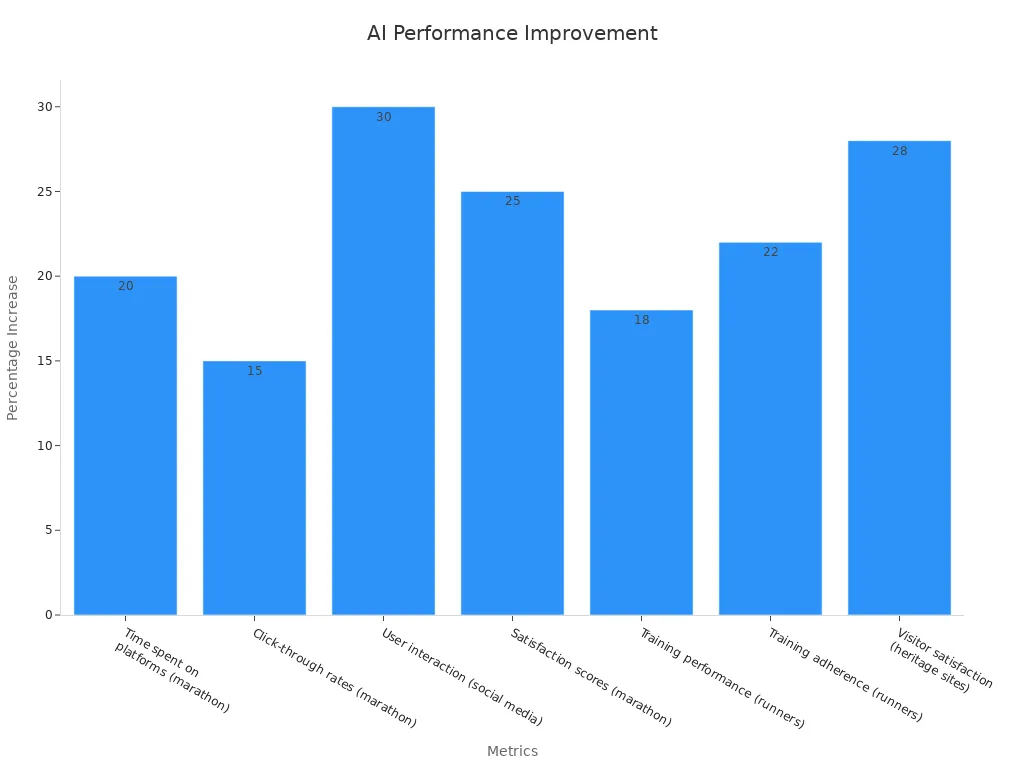
You get better SEO and more people interact with your site. Content is made faster with AI Supports. AI also helps you see trends and make content just for each user. It can guess what will work best. Try out new AI tools and keep learning about what’s coming next. If you want to know more, look at industry reports or use dashboards like Google Data Studio.
FAQ
What is a content cluster in SEO?
A content cluster is a group of web pages. These pages are all about one main topic. You have a pillar page for the main idea. The pillar page links to other cluster pages. This setup helps search engines know what your site is about. It can help your site show up higher in search results.
How does AI improve content clustering?
AI looks at your content with special computer programs. These programs use natural language processing and machine learning. AI can group your pages faster and make fewer mistakes. It also helps you cover more topics. AI can find patterns you did not see. It can even suggest new topics for you.
Which AI tools help with content clusters?
You can use Surfer SEO, Junia.ai, or MarketMuse. These tools help you pick topics and make clusters. They also let you check how well your content is doing.
Tip: Try out different tools to find the one that works best for you.
How do you measure the success of content clusters?
Metric | What It Shows |
|---|---|
Organic Traffic | Number of visitors |
Bounce Rate | User engagement |
Keyword Rankings | Search result positions |
Pages per Session | Depth of user exploration |
You watch these numbers to see if your clusters are working well.
See Also
Writesonic And QuickCreator Battle For Content Creation Supremacy
Complete Handbook For Achieving Success In SaaS Content Marketing
Transforming Blogging With AI Tools That Redefine Content Creation
Customizing Blog Posts To Align Perfectly With Startup Audiences
2024’s Essential Blogging Insights Based On Comprehensive Data Review

